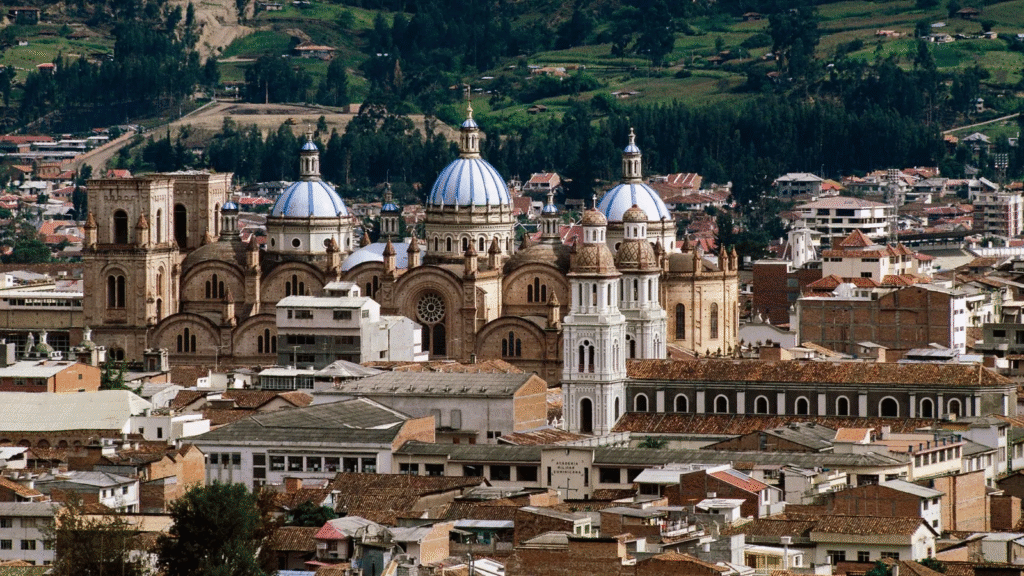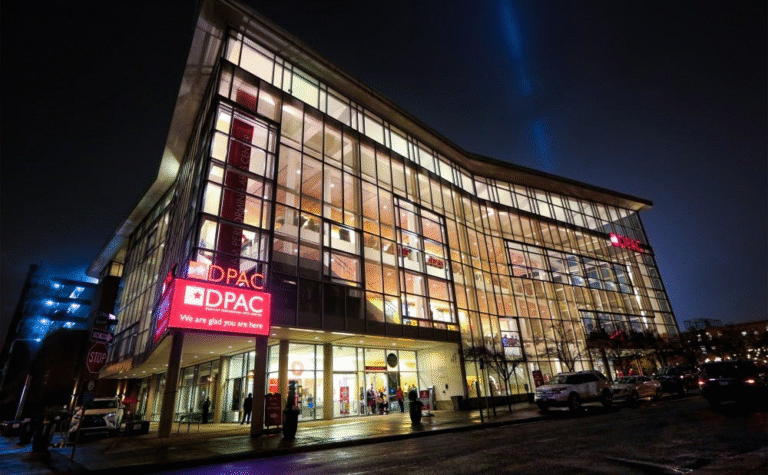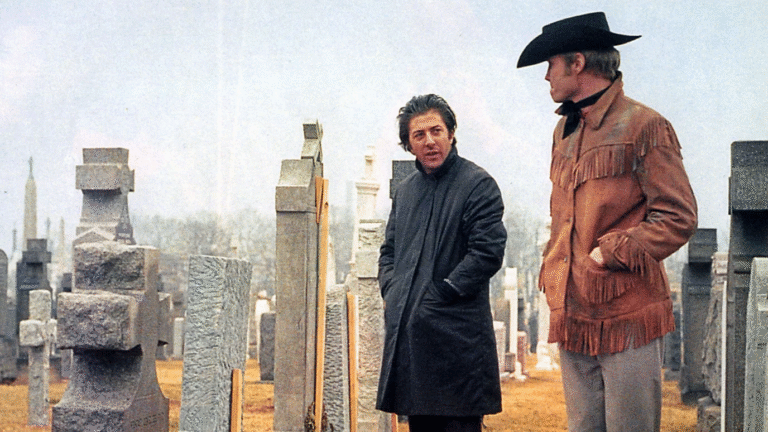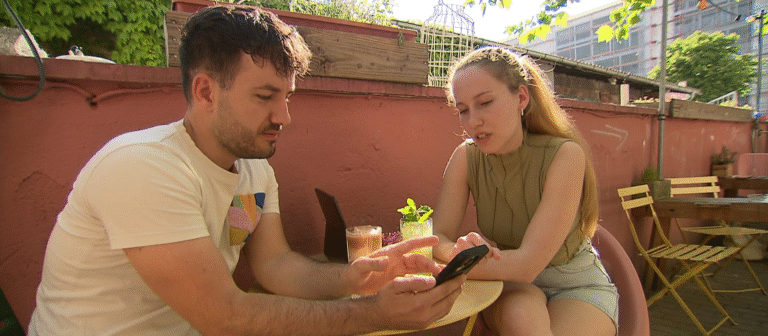
Tourists often treat Ecuador as little more than a gateway to the Galápagos Islands, but it has many other treasures too, said Janice Turner in The Times.
Though only slightly larger than the UK, it is often described as “South America in one country”, because it encompasses many of the continent’s quintessential landscapes, including snowy Andean peaks, misty cloud forests and Amazon rainforest. From condors in the mountains to spider monkeys in the lowlands, the range of wildlife you might spot in a brief tour is astonishing.
However, I am generally “more interested in people than animals” – and so, although I found the Galápagos amazing, the highlights of my recent trip to the country were the “unique” culture and beauty of its cities, of which one in particular stood out.
Ask people in the capital, Quito, what they think of Cuenca, and they “touch their hearts”. Cuenca is the “real Ecuador”, they say, it’s “special”. Set amid Andean peaks on a plateau at 2,550m, it is the country’s “cultural capital”, a “city of artists” with its own biennale. Its historic centre is a Unesco World Heritage Site, full of colonial buildings, “narrow” streets and “elegant” squares, making it “a delightful city to wander”. There are no fewer than 52 Catholic churches – one for every Sunday of the year. And the city is made yet more beautiful by the four rivers that run through it, cascading down from mountain lakes, and fringed in the heart of town with “grand” houses and restaurants (try the “superb” El Mercado).
Yet Cuenca receives few tourists. They have been deterred in part by the “horrific” murder rate in Ecuador’s Pacific ports, which were recently taken over by cocaine cartels “kicked out of Colombia”. But Cuenca has a low crime rate and vibrant nightlife, including “cool” bars and music venues.
If you go, don’t miss the “brilliant” ethnographic museum (Museo Pumapungo), nor the chance to consult the colourfully dressed “Chola” ladies – traditional healers – outside the city’s main market.



